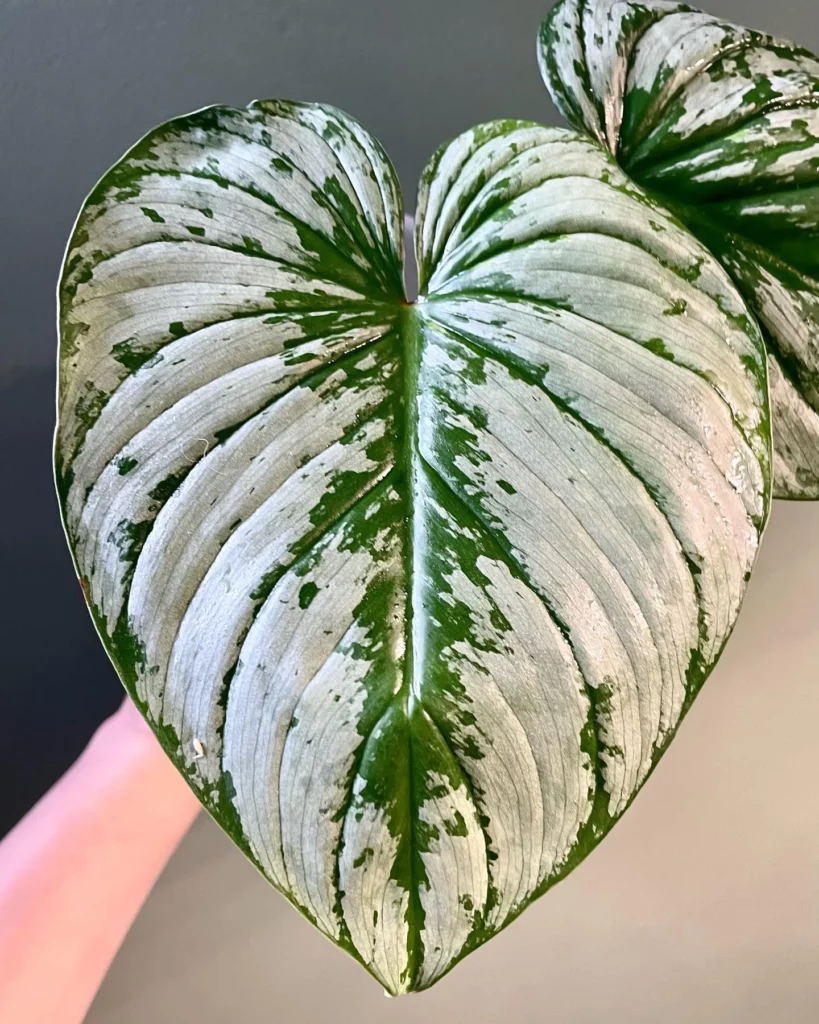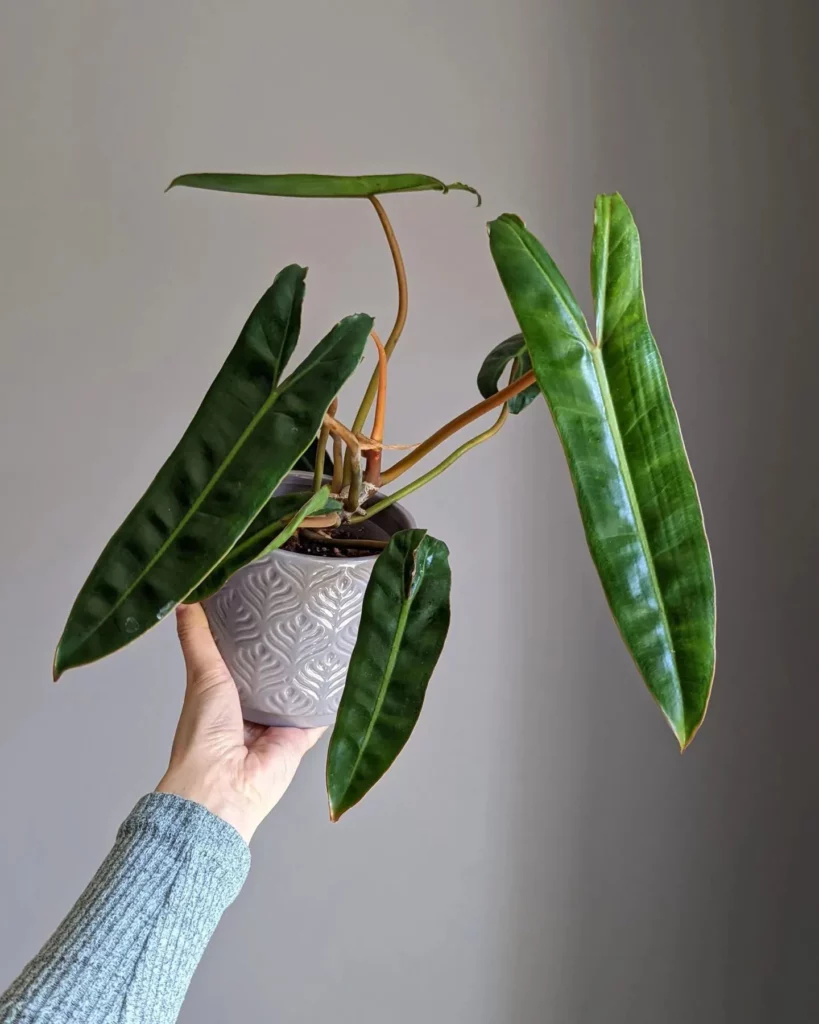Welcome to our Black Cardinal Philodendron maintenance guide! If you’re a plant enthusiast looking to add a touch of contemporary beauty to your indoor space, the Philodendron Black Cardinal is the perfect choice. With its stunning dark, almost black leaves, this houseplant is sure to make a statement. In this guide, we’ll provide you with essential tips and information on caring for your Philodendron Black Cardinal, ensuring its vibrant health and longevity.
Key Takeaways:
- Caring for your Philodendron Black Cardinal is essential to maintain its vibrant and striking appearance.
- Fertilize your Philodendron Black Cardinal monthly during the spring and summer with a balanced fertilizer.
Appearance and Uniqueness of Philodendron Black Cardinal
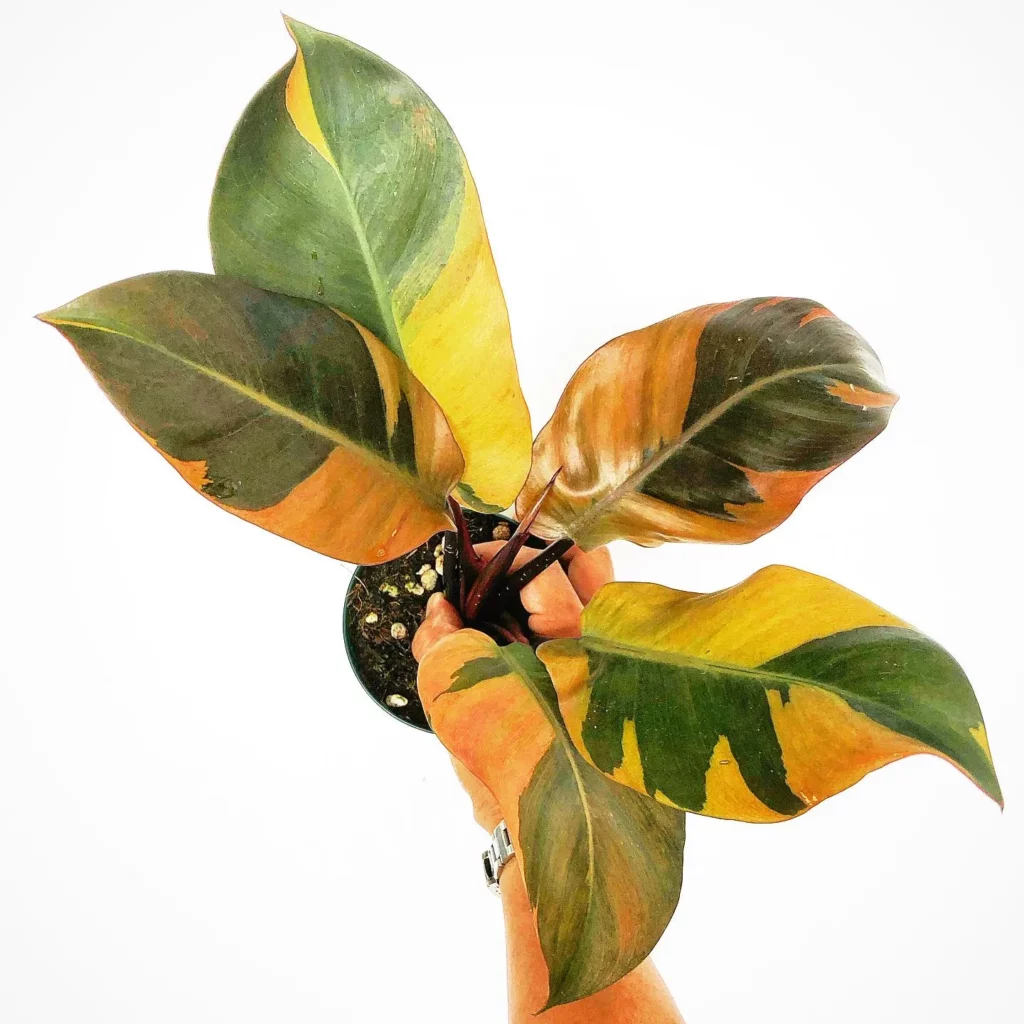

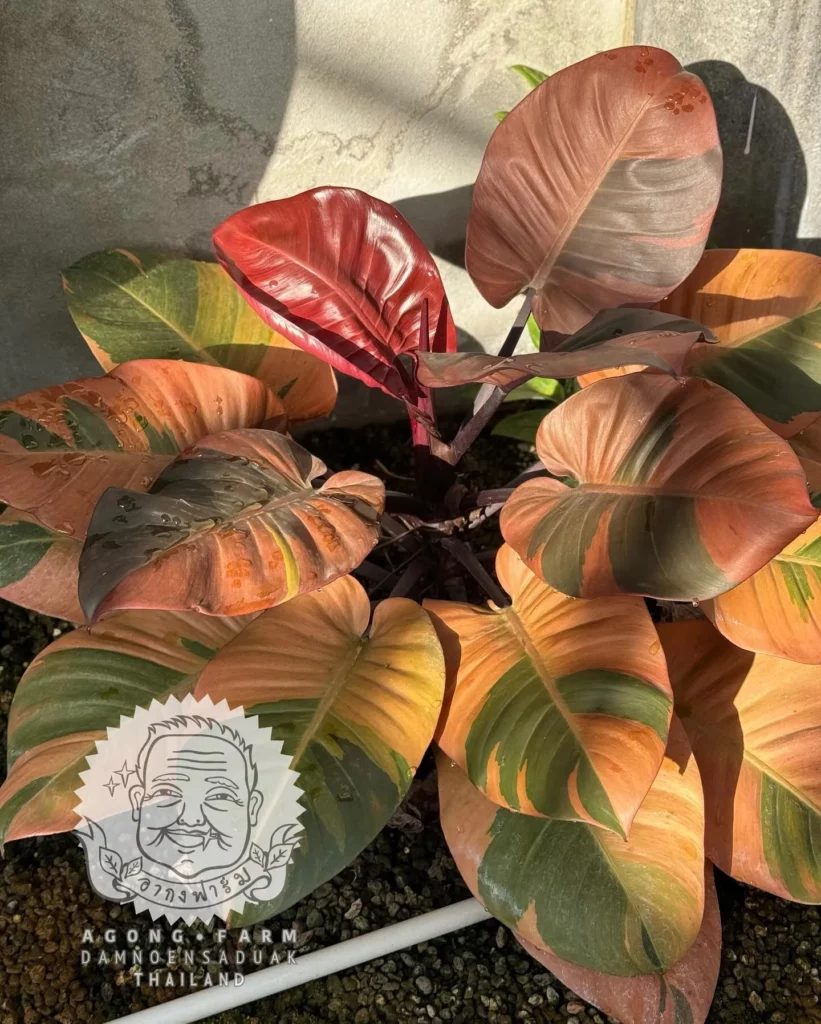
The Philodendron Black Cardinal is a hybrid variety with parent plants originating from Central and South America. Its deep burgundy leaves mature to a dark purple-brown, almost black color, giving it a striking and contemporary appearance. The plant’s compact and self-heading growth habit makes it perfect for both modern and traditional settings. Additionally, its ability to filter chemicals from indoor air adds to its uniqueness and usefulness.
Light Requirements for Philodendron Black Cardinal
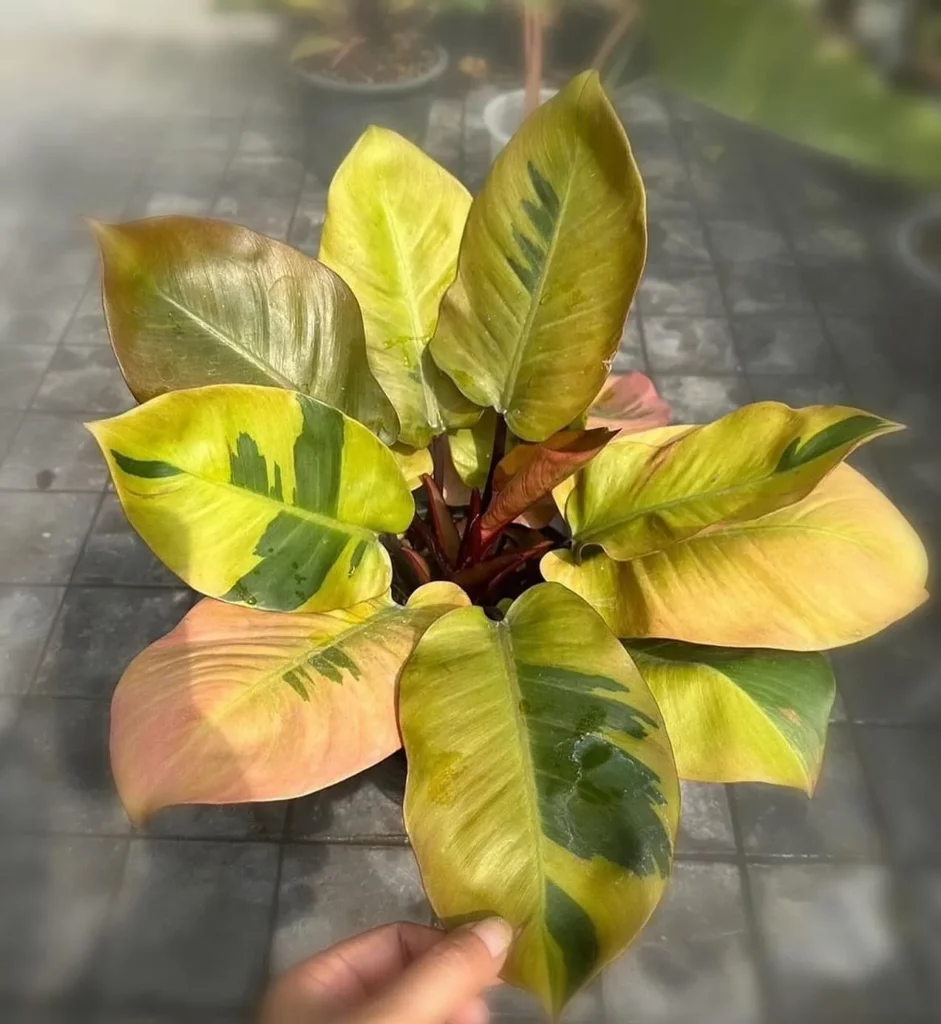


To ensure the health of your Philodendron Black Cardinal, it’s important to provide it with bright but indirect sunlight. This stunning houseplant thrives when placed in a spot that receives several hours of good light each day. Ideally, your Philodendron Black Cardinal should receive between 16,000 and 27,000 lux of light. While it can tolerate low light levels for short periods, it will thrive best with bright and indirect light.
Avoid exposing your Philodendron Black Cardinal to direct sunlight, as this can damage the leaves. Keep in mind that maintaining the right amount of light is crucial for the plant’s overall health and vibrant appearance.
Watering and Temperature for Philodendron Black Cardinal
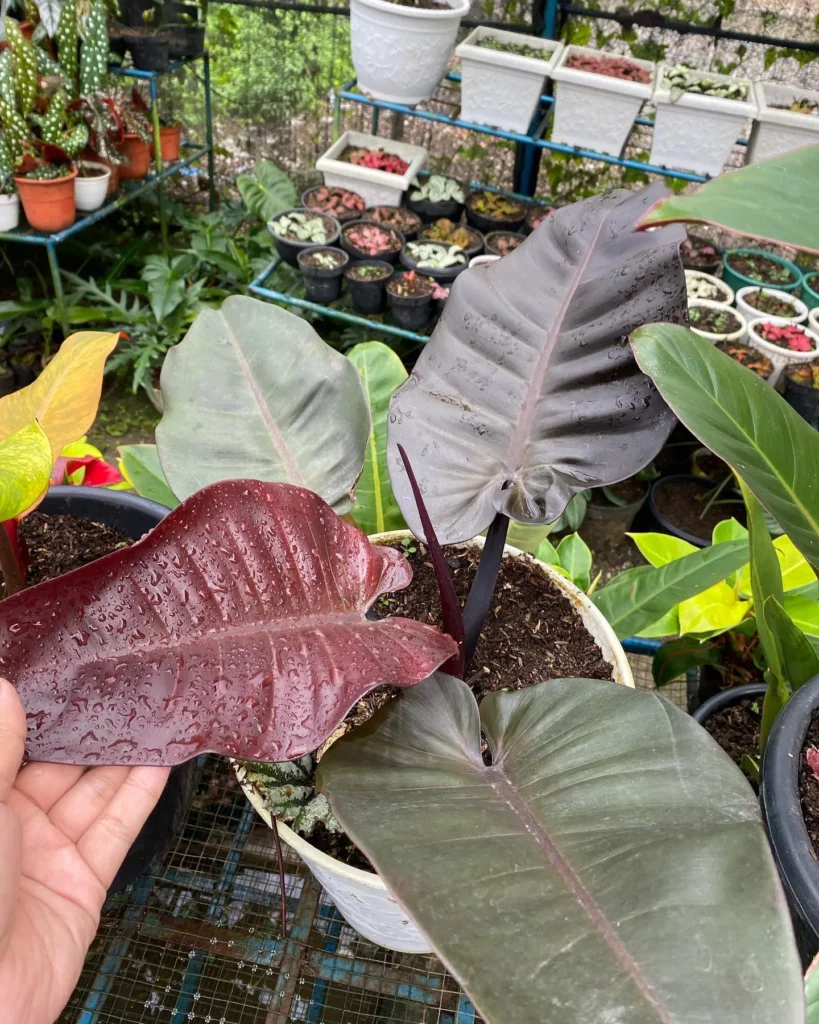
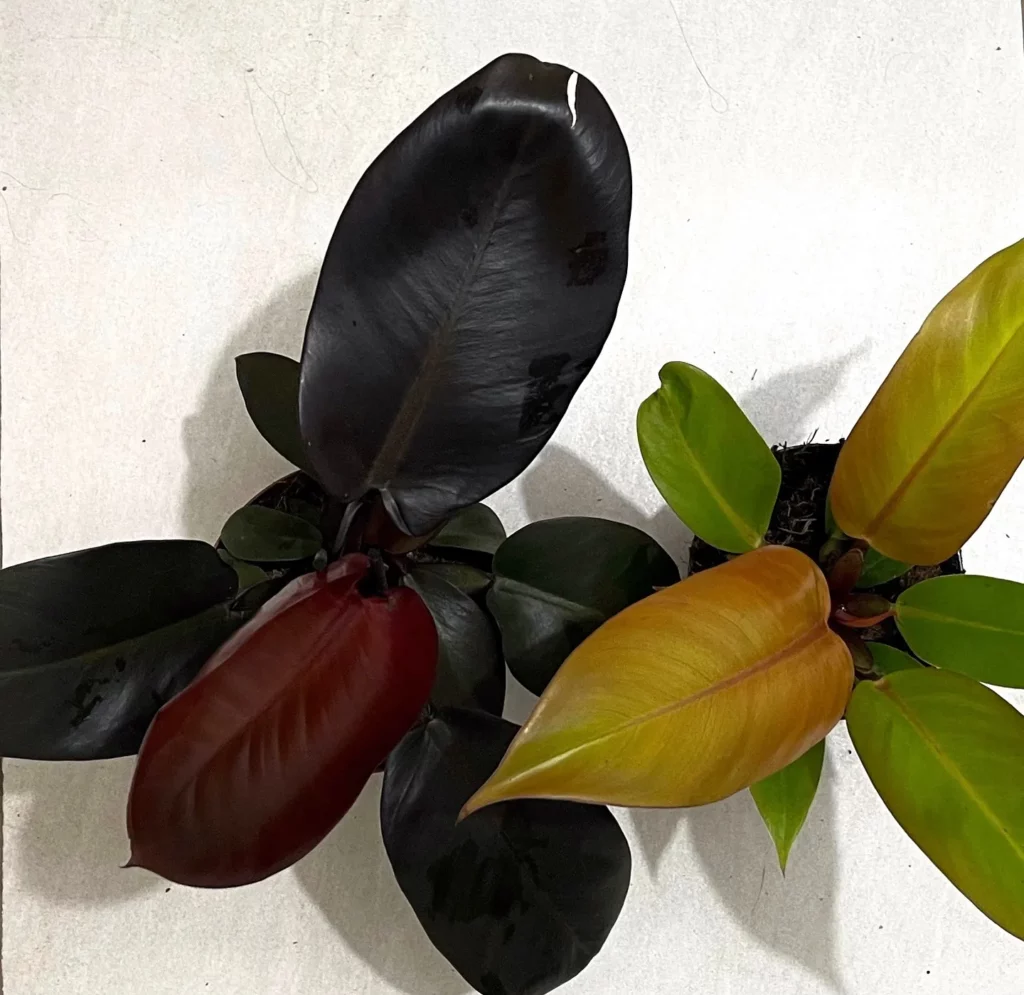
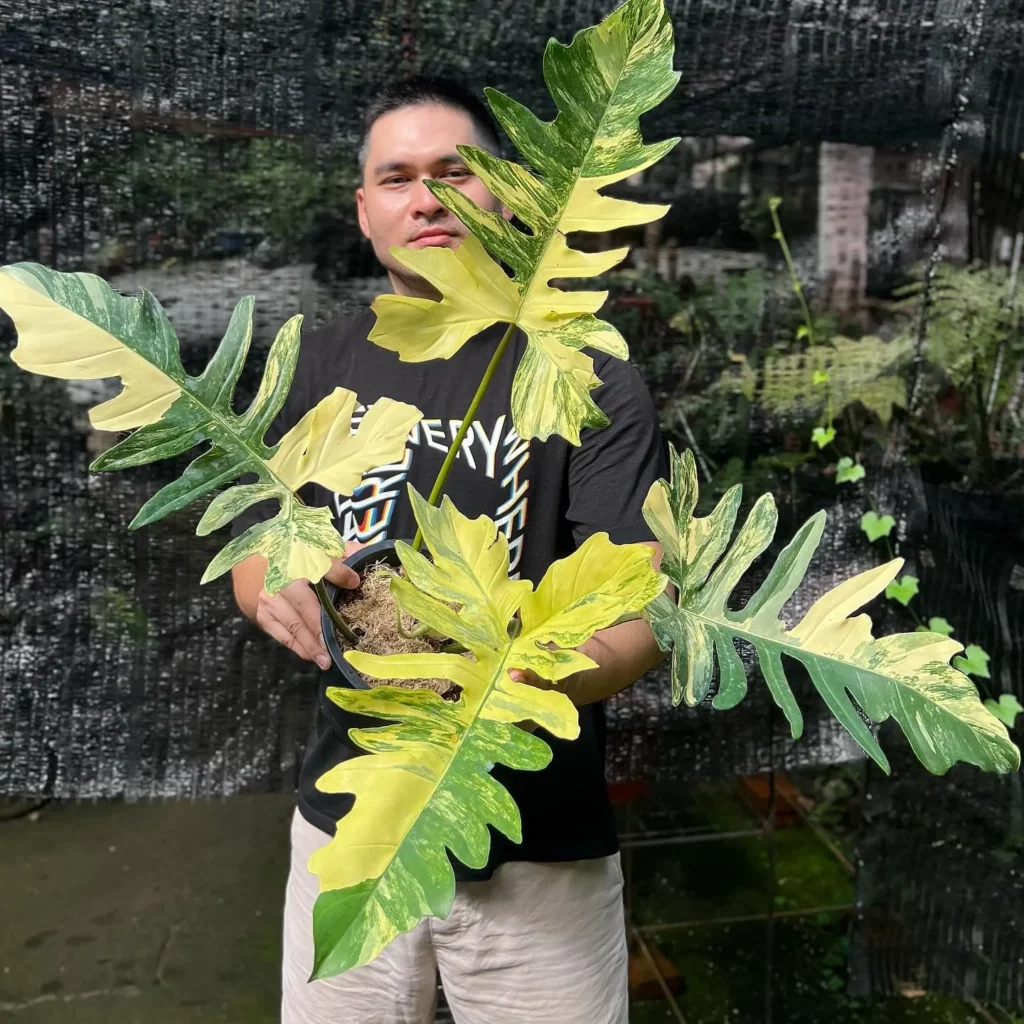
Proper watering and temperature are crucial for maintaining the health and vitality of your Philodendron Black Cardinal plant. Follow these guidelines to ensure optimal care:
Watering:
Keep the soil of your Philodendron Black Cardinal consistently moist, but avoid waterlogging. Water the plant when the top inch of soil feels dry to the touch. This ensures that the roots have access to the necessary moisture without risking overwatering. When watering, make sure to soak the soil evenly to prevent uneven moisture distribution within the pot.
During the winter months, reduce watering as the Philodendron Black Cardinal goes dormant. This mimics its natural growth pattern and prevents overwatering during a period of decreased plant activity.
Temperature:
The Philodendron Black Cardinal thrives in temperatures between 65°F (18°C) and 85°F (29°C). Keep the plant in a location with stable temperatures within this range to promote healthy growth. Avoid exposing the plant to extreme temperature fluctuations, as it can negatively affect its overall well-being.
Humidity and Soil for Philodendron Black Cardinal
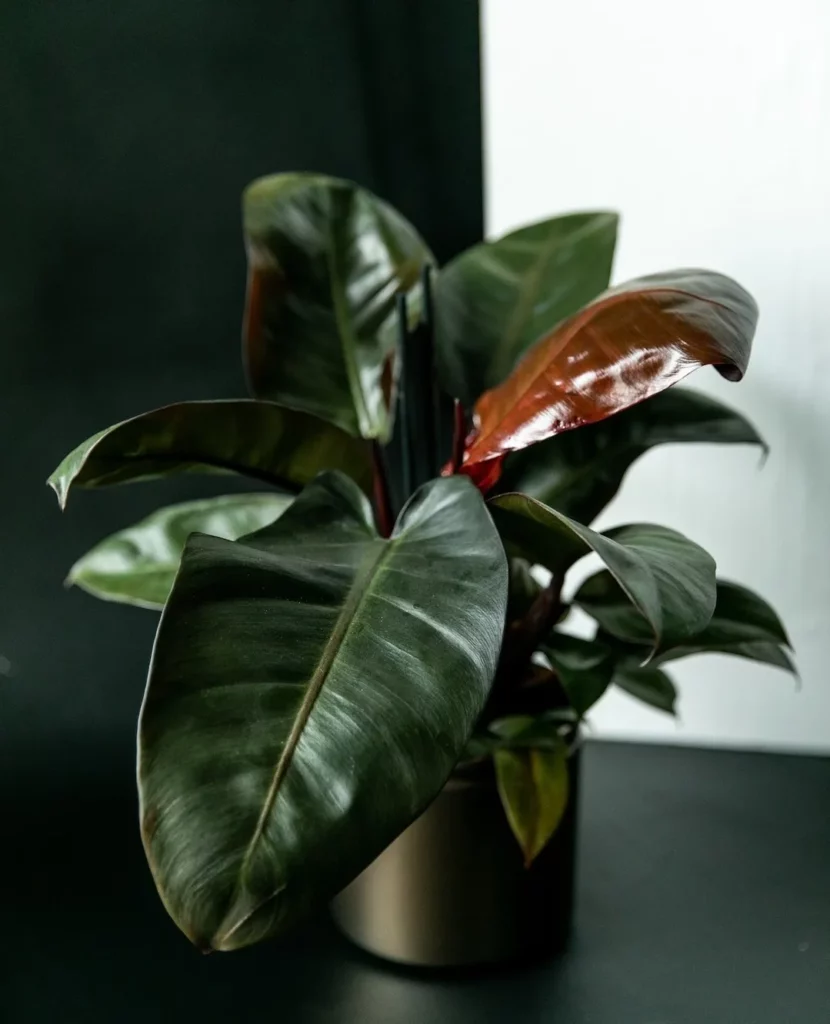


The Philodendron Black Cardinal is a tropical plant that thrives in high humidity conditions, reminiscent of its native rainforest environment. While it can tolerate average home humidity levels ranging from 40% to 50%, providing higher humidity can greatly benefit the plant’s overall health and growth.
One simple way to increase humidity for your Philodendron Black Cardinal is by using a pebble tray. Fill a tray with pebbles and water, making sure the water level does not reach the bottom of the pot. As the water evaporates, it creates a moist environment around the plant, boosting humidity levels. Another option is to carefully place your Philodendron Black Cardinal near other tropical plants, as they naturally release moisture through transpiration, creating a more humid microclimate.
Apart from humidity, the soil also plays a crucial role in the well-being of your Philodendron Black Cardinal. It’s important to use a well-draining soil mix that retains moisture without becoming waterlogged. A good mix can be created using a combination of potting soil, peat moss, and perlite or orchid bark. This will provide adequate moisture retention while ensuring excess water can easily drain away, preventing root rot and other soil-related issues.
Fertilizing and Repotting Philodendron Black Cardinal

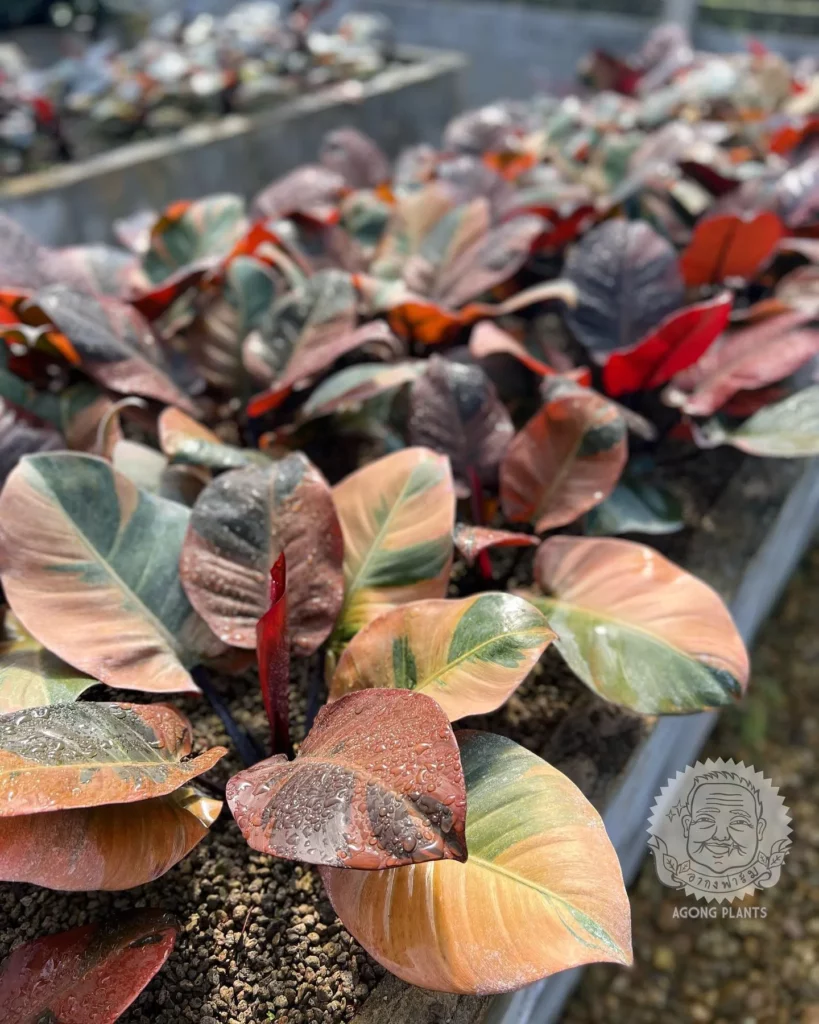

To promote healthy growth and vibrant leaves, it’s essential to fertilize your Philodendron Black Cardinal once a month during the spring and summer months. The right fertilizer will provide the necessary nutrients for your plant to thrive.
When choosing a fertilizer, opt for a ratio of 3-2-1 or 5-2-3, or a balanced 20-20-20 formula. These ratios ensure a well-rounded nutrient supply for your Philodendron Black Cardinal. Dilute the fertilizer to half the recommended strength to prevent overfertilization, which can harm your plant.
Apply the diluted fertilizer when the soil is evenly moist. This will help prevent root burn and allow the plant to absorb nutrients effectively. Be sure to follow the instructions on the fertilizer packaging for proper application guidelines.
Repotting your Philodendron Black Cardinal is generally necessary every 2-3 years or when the current pot becomes too small. Repotting provides fresh soil and ample space for your plant’s roots to grow.
Choose a pot that is one size larger than the current one, with good drainage holes. Before repotting, gently remove the plant from its old pot, being careful not to damage the roots. Place fresh, well-draining potting mix in the new pot and carefully position your Philodendron Black Cardinal, ensuring the plant’s base is level with the pot’s rim. Fill in the sides with additional soil, gently firming it around the roots.
After repotting, water your Philodendron Black Cardinal thoroughly and keep it in a dimly lit area for a few days to allow it to adjust to its new environment. Resume regular care and enjoy watching your plant thrive in its new home.
Pruning and Propagation of Philodendron Black Cardinal


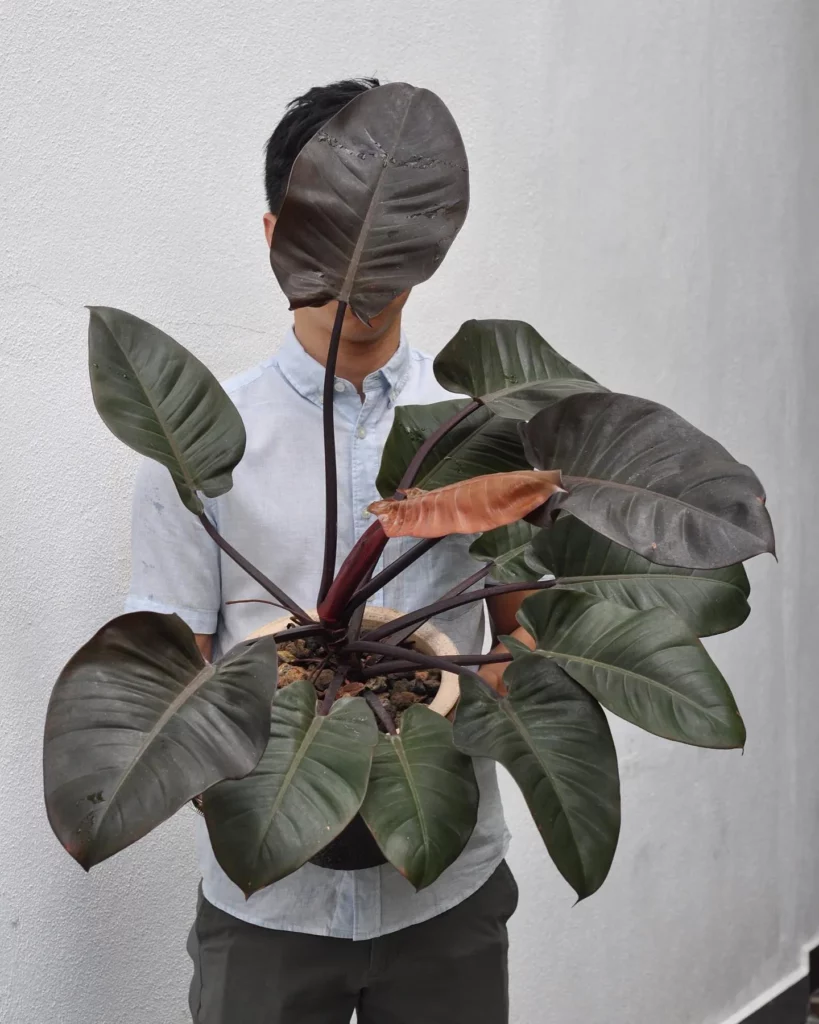
Pruning your Philodendron Black Cardinal is an essential part of its care, although it requires minimal maintenance due to its bushy and compact growth habit. Regular pruning helps maintain the plant’s appearance, encourages healthy growth, and prevents the onset of pests or diseases.
When pruning, start by inspecting the plant for any dead, yellowing, or damaged leaves. These should be trimmed off using sharp, sterilized scissors to prevent any potential spread of pests or diseases. Additionally, removing these leaves helps divert energy to healthier parts of the plant, enhancing overall growth.
It’s important to wear gloves while pruning the Philodendron Black Cardinal as its sap can cause skin irritation. By protecting your hands, you can comfortably and safely prune your plant without any discomfort.
Propagation is another way to expand your Philodendron Black Cardinal collection or share the joy of this stunning plant with others. The most common method of propagation is through stem cuttings.
To propagate, select a healthy stem with at least two to three nodes. Using sharp, sterilized pruning shears, cut the stem just below a node. Remove any leaves from the lower half of the cutting, leaving a few leaves at the top.
Next, fill a small pot with a well-draining potting mix and moisten it slightly. Make a hole in the soil using your finger or a pencil and insert the cutting, burying it at least an inch deep. Gently press the soil around the stem to ensure good contact.
Place the pot in a warm, bright area with indirect sunlight. Keep the soil slightly moist, but avoid overwatering as this can lead to root rot. In a few weeks, you should start to see new roots forming and new growth emerging from the cutting, indicating successful propagation.
Common Problems and Pests of Philodendron Black Cardinal
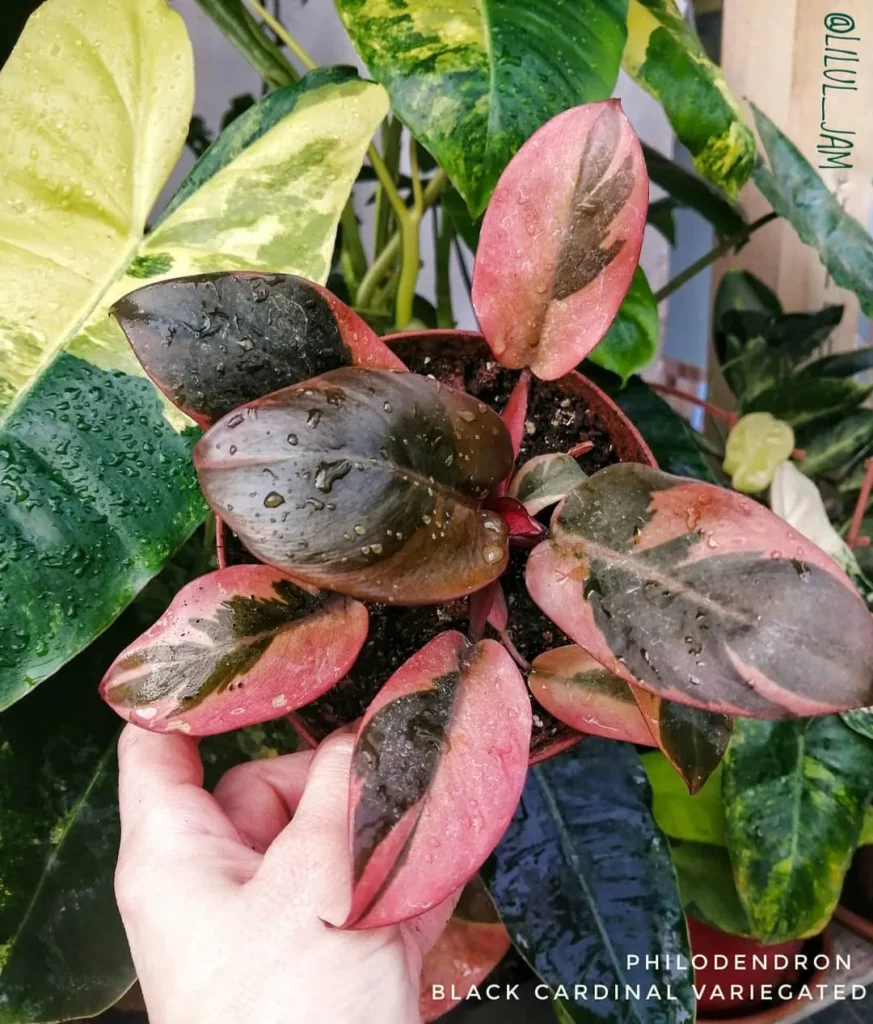


The Philodendron Black Cardinal is a relatively low maintenance plant and is resistant to many common houseplant diseases. However, it’s important to be aware of a few potential issues that can arise to ensure the continued health of your plant.
Pests
Occasionally, pests like aphids, mealybugs, and scale insects can infest the Philodendron Black Cardinal. These pests feed on the plant sap and multiply quickly if left untreated. Regularly inspect the leaves and stems of your plant for any signs of pests, such as small insects, sticky residue (from honeydew excreted by pests), or yellowing, curling leaves.
If you detect any pests, it’s crucial to act promptly to prevent them from causing significant damage. Treat the affected plant with appropriate solutions like neem oil or insecticidal soap, following the manufacturer’s instructions. These solutions help to kill and repel pests, ensuring the health and vitality of your Philodendron Black Cardinal.
Common Problems
While the Philodendron Black Cardinal is generally a robust and resilient plant, a few common problems can occur if its care needs are not met:
- Yellowing of leaves: Yellowing leaves can indicate overwatering or underwatering. Check the moisture level of the soil and adjust your watering accordingly.
- Brown or crispy leaf tips: This can be a sign of low humidity or water with high salt content. Increase humidity near the plant by using a pebble tray or humidifier, and consider using filtered water.
- Root rot: Overwatering or poorly draining soil can lead to root rot. Ensure that the plant is in well-draining soil and avoid overwatering to prevent this problem.
Ideal Climates and Toxicity of Philodendron Black Cardinal

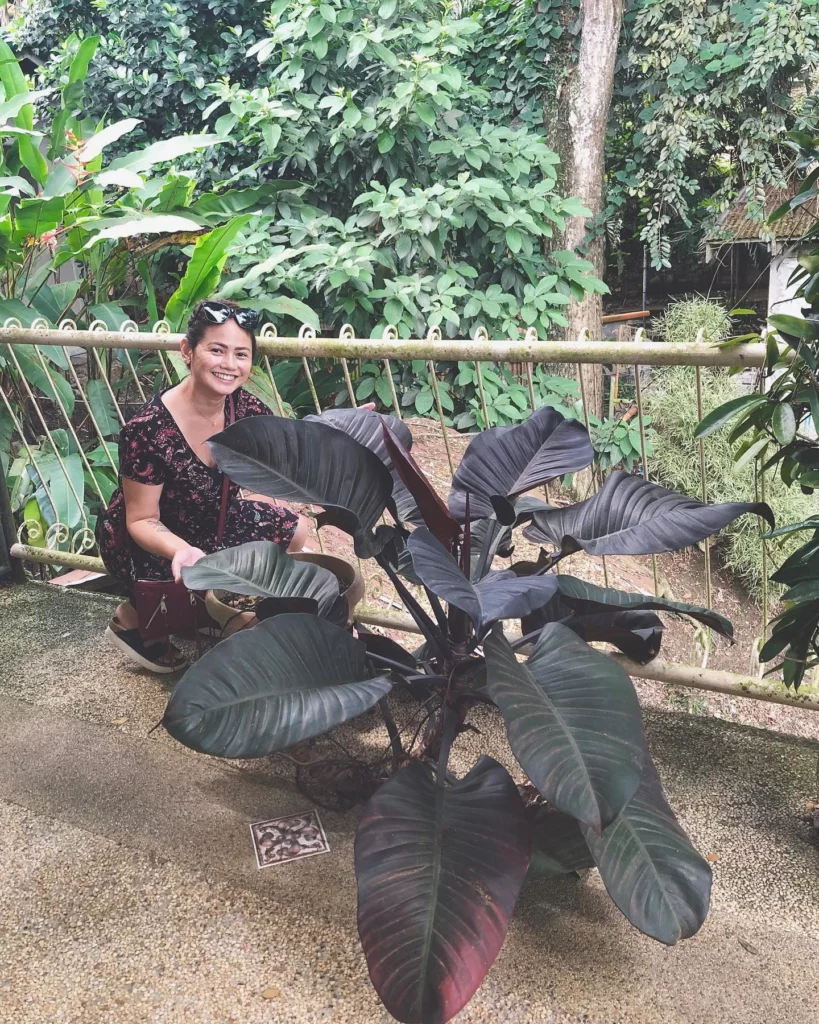
The Philodendron Black Cardinal is a stunning houseplant that thrives in tropical and subtropical regions. Specifically, it thrives in USDA hardiness zones 10 to 12. If you live in these regions or in an area with a similar climate, you’re in the ideal environment for this beautiful plant. It’s important to note that the Philodendron Black Cardinal is not frost-tolerant, so it should be grown indoors or in regions where frost is not a concern.
Aside from its ideal climates, it’s worth mentioning the toxicity of the Philodendron Black Cardinal. Like many other members of the Philodendron genus, this plant is toxic to pets and humans if ingested. It contains calcium oxalate crystals, which can cause irritation and swelling in the mouth and throat. So, it’s important to keep this plant out of reach of children and pets to ensure their safety.
Conclusion
With the right care and maintenance, your Philodendron Black Cardinal can thrive and bring vibrant beauty to your indoor space. By following the tips and guidelines provided in this care guide, you can ensure that your plant receives the proper light, watering, fertilizing, and other care it needs to stay healthy and vibrant. Enjoy the stunning foliage and the benefits of having this beautiful houseplant in your home!
FAQ
How often should I water my Philodendron Black Cardinal?
Water your Philodendron Black Cardinal when the top inch of soil feels dry. Make sure to soak the soil evenly and avoid waterlogging.
What kind of light does the Philodendron Black Cardinal need?
The Philodendron Black Cardinal thrives in bright but indirect sunlight. It should receive between 16,000 and 27,000 lux of light. Avoid exposing it to direct sunlight.
How often should I fertilize my Philodendron Black Cardinal?
Fertilize your Philodendron Black Cardinal once a month during the spring and summer months. Use a balanced fertilizer with a 3-2-1 or 5-2-3 ratio, or a 20-20-20 formula diluted to half the recommended strength.
How do I increase humidity for my Philodendron Black Cardinal?
You can increase humidity for your Philodendron Black Cardinal by using a pebble tray filled with water or by placing the plant near other tropical plants.
Does the Philodendron Black Cardinal require pruning?
The Philodendron Black Cardinal generally requires minimal pruning. However, you should trim off any dead or dying leaves to maintain its appearance and discourage pests or diseases.
What should I do if my Philodendron Black Cardinal gets infested with pests?
If your Philodendron Black Cardinal gets infested with pests like aphids, mealybugs, or scale insects, regularly inspect the leaves and stems for signs of pests and treat them with appropriate solutions such as neem oil or insecticidal soap.
Can I grow the Philodendron Black Cardinal outdoors?
The Philodendron Black Cardinal is not frost-tolerant and thrives in USDA hardiness zones 10 to 12, which are tropical and subtropical regions. It is best grown indoors or in regions with a similar climate.



